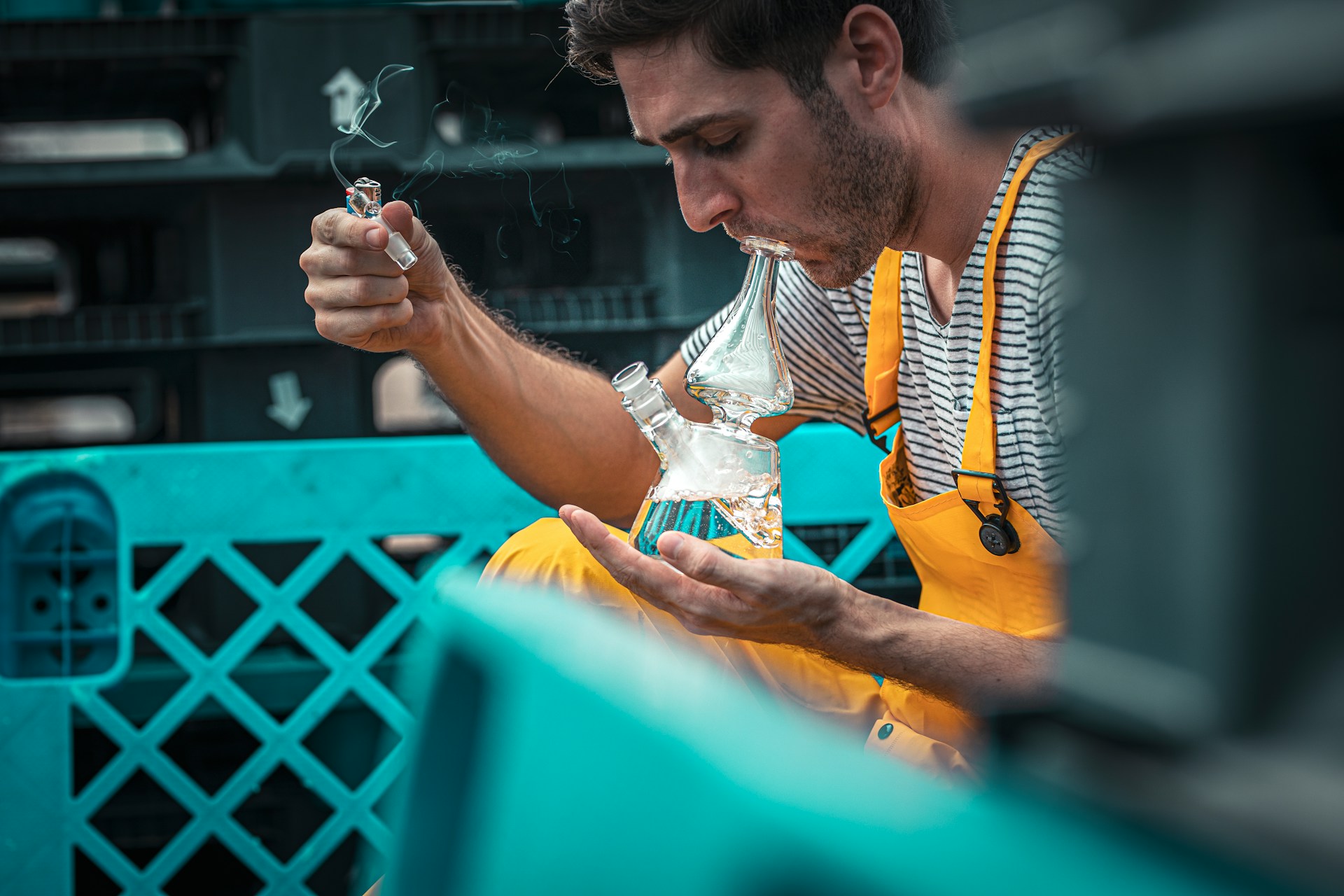Unearthing the Brain’s Secret Affair with Cannabis
Hey, Hey, gather ’round, because I’m about to take you on a trip down memory lane, back to a time when our understanding of the brain’s love affair with Mary Jane took a quantum leap. Picture this: it’s August 9th, 1990, and the journal Nature drops this bombshell article that forever alters the cosmic journey of medicinal cannabis. Before this, brains and tetrahydrocannabinol (THC) were like two strangers passing in the night, with most scientists guessing THC just kinda melted into cell membranes.
But no, man. Nature showed us that our brains actually have these special docking stations just for THC. That’s right, cannabinoid receptors were not a myth, like some urban legend, but a real, tangible part of our brain’s landscape. This revelation was like opening the Pandora’s box of potential, guiding scientists on how to craft the perfect THC-laden therapies and really dig into the nitty-gritty of how THC can jazz up our brain functions.
Lighting Up a New Era Amidst a War on Drugs
Now, this discovery didn’t just make waves; it generated a tsunami in the cannabis community, eventually setting the stage for California embracing medicinal cannabis legalization in 1996. But let’s not sugarcoat it; the timing was, ironically, both horrendous and perfect. Back in 1990, George Bush Senior was cranking up the volume on the draconian war on drugs, a wicked brainchild of the past administrations, including Reagan’s, which was all about that “just say no” life.
Since Nixon’s time, cannabis had been demonized, man—lumped together with the likes of cocaine, deemed a gateway drug that would have you tumbling down a rabbit hole of addiction. The DEA even stamped it as a Schedule I substance, branding it public enemy number one, addictive and destructive. In that oppressive atmosphere, positive vibes about cannabis struggled to find the light of day.
But when Nature published those groundbreaking insights, it was like a psychedelic light show in the middle of a power outage. There had been whispers, studies, hints throughout the 70s and 80s that cannabis wasn’t the villain it was made out to be, but none of those sparks ignited public opinion like this.
The Quest for the Cosmic Connection Between THC and the Brain
This mind-bending discovery didn’t just appear out of a puff of smoke. It was the climax of a far-out, two-year expedition by the National Institute of Mental Health, taking a baton handed over by Allyn Howlett and William Devane. These pioneers in 1988 had this radical idea to use radiolabeled molecules like cosmic breadcrumbs, leading them to confirm that, yes, cannabinoid receptors were a thing in rats’ brains.
The mystery, though, was whether these receptors were chilling in human brains too. Enter Mike Herkenham, the wizard who, two years later, mapped the stars, locating these receptors in both rats and humans. Before this, the prevailing vibe was that cannabis just dissolved and did its thing. Back in the 80s, science didn’t have the gear to explore receptor-based interactions in the brain’s great expanse. But as the 90s dawned, researchers started binding substances to receptors they’d replicated in their labs.
THC, against all odds, fit into these receptors like the final piece of a trippy jigsaw puzzle. The scientists, initially using synthetic cannabinoids, uncovered a whole new system of cannabinoid receptors. THC wasn’t naturally coursing through our brains, but the fact that it found a home there hinted at broader possibilities, man—like influencing pain, memory, and learning.
Riding the Wave to a Higher Understanding of Cannabis
The discovery of cannabinoid receptors blasted open doors for science, paving the way for fine-tuning THC levels in medical marvels. It wasn’t just about lighting up; it was about enlightenment, understanding the kaleidoscopic potential of cannabis. This moment was a turning point, sparking curiosity across the globe and seeding a generation of research on how cannabis could be more of a healing herb than a feared foil.
So, my enlightened friends, that day wasn’t just a footnote in history. It was the day the medicinal cannabis world did a 180, with science as the co-pilot. And from that day, the journey has been nothing short of stellar.
Here are Some Other Articles Related to Your Search:
Cannabis vs. Pain: How a Flower Eases Chronic Pain
USING CBD TECHNOLOGY TO UNRAVEL POTENTIAL OVERALL RELIEF
FDA Hearing on CBD






